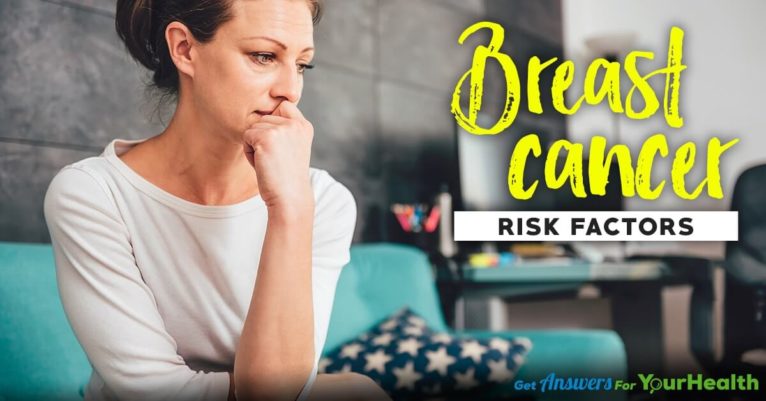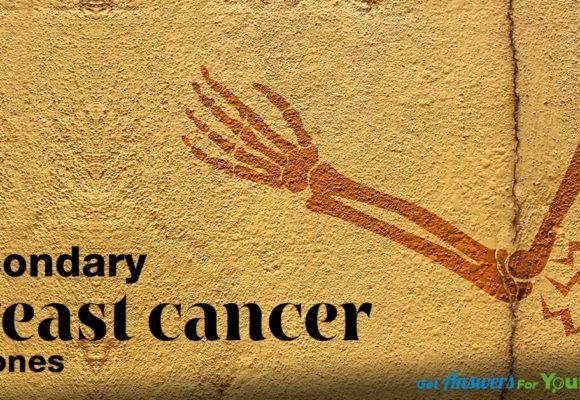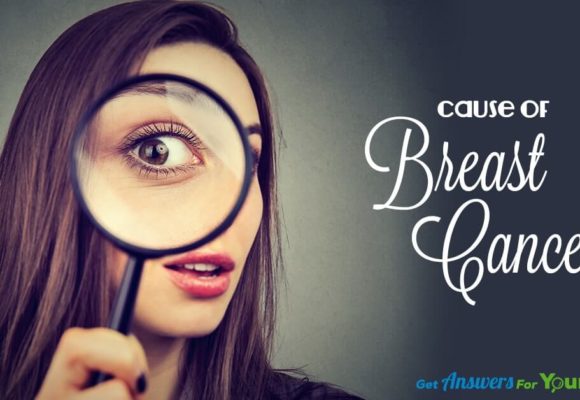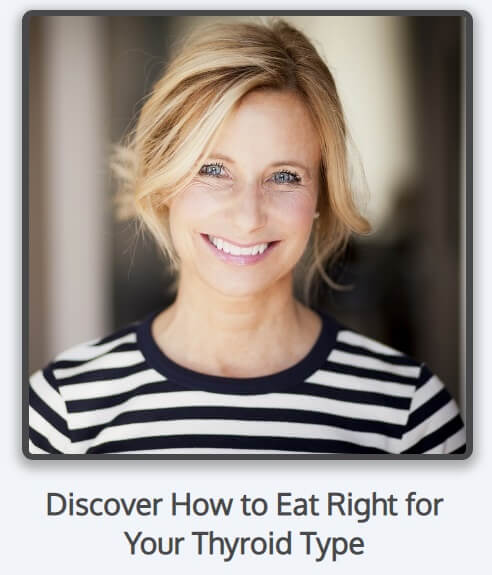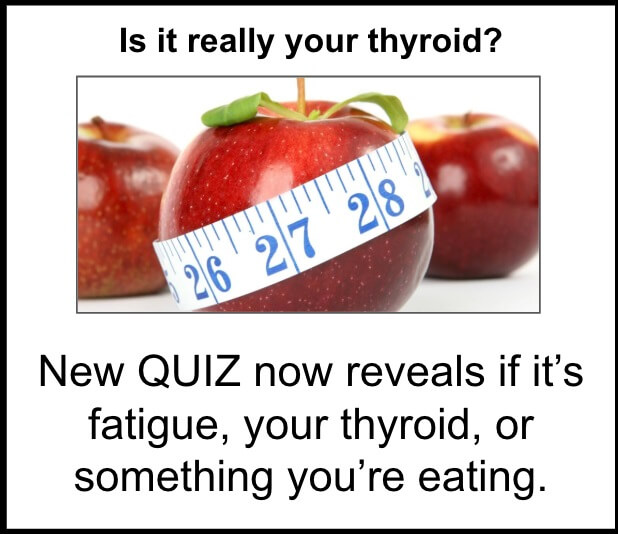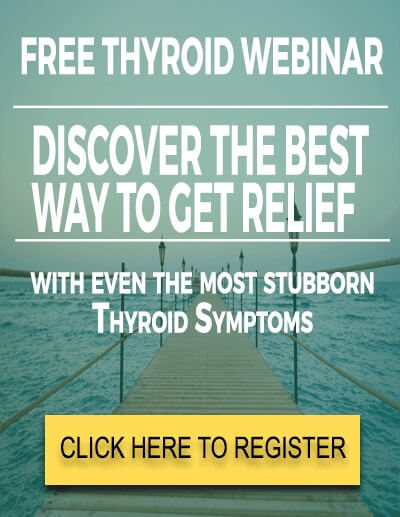1) Grab a FREE copy (Value $14.95) of one of my books Thyroid Symptom Overload
Just pay shipping $7.95 for any US orders. Or, if you want to pay full price plus shipping, order from Amazon :)
2) Take our Thyroid Quiz today and find out what "Thyroid Type" you have
This quiz will help you quickly discover where your symptoms are stemming from.
3) Join Our Thyroid Advocate Membership Site - Natural Thyroid Academy
FREE for a limited time. No credit card required.
4) Work with me and my team privately
Schedule your FREE 15 minute phone consultation and we can find out the best way to help you specifically.
Breast cancer is the second most common cancer in women. Almost 1 out of 8 (12%) women will suffer from breast cancer in their lifetime. The ratio of women dying from breast cancer is about 1 in 37 (2.7%).
With the advancement of breast cancer, it gets difficult to control or treat the cancer. This causes increased mortality rate in cancer patients. Therefore, it is necessary to prevent the cancer from occurring. For this reason, you need to know the risk factors that increase your chances of having breast cancer.
Current year estimates for breast cancer:
Due to the increased incidence of breast cancer, there is an increased need to control it as well. On the basis of research, the American Cancer Society estimated the incidence of breast cancer for the year 2017. The estimates of breast cancer for US population is:
- New cases of invasive breast cancer diagnosed in women: 252,710
- New cases in carcinoma in situ (stage 0 cancer that is the earliest stage of cancer and noninvasive): 63,410
- Incidences of death of women from breast cancer: 40,610
Risk Factors for the breast cancer:
Risk factor is the calculator of the chances of having a disease, including cancer. Presence of a risk factor (and even many) doesn’t confirm the presence of breast cancer. However, the chances considerably increase. Therefore, it is necessary to address the risk factors to prevent the disease.
Non modifiable factors:
These factors predispose women to increased chances of having breast cancer. As the name indicates, unfortunately these factors cannot be modified. Presence of the non-modifiable factors suggests women to go for a regular screening program. This helps in the diagnosis and control of breast cancer at the initial stages, which are easily treatable and give better outcomes.
- Age:
Age is a strong risk factor for the development of breast cancer. The chances of having breast cancer increase considerably with age. If you are 55 years age or older, you are at an increased risk of having breast cancer.
This is because as women age, menstruation stops. It is known as menopause. After menopause, estrogen hormone is not produced in the body. This increases the chances of having breast cancer.
Second, in older age, there is wear and tear of the body. The mechanisms which are responsible to have a check on abnormal growth deteriorates. One of the most important mechanisms is the control of neoplasia through tumor suppression genes. The old cells are damaged cells and if they are not destroyed or suppressed, they leads to the development of breast cancer.
- Genes :
Mutation in certain genes are responsible for the breast cancer occurrence. The two most common genes are BRCA1 and BRCA2. They are also known as breast cancer genes 1 & 2. They greatly increase the risk of having breast cancer.
These genes are also present in normal cells and help in repairing damaged DNA by making specific proteins. Mutated versions of these genes cannot perform the important function of repairing the damaged DNA. If abnormal cell growth occurs in the body, mutated genes cannot counterbalance it by destroying it.
The abnormal cells accumulate and forms a mass of aggregated abnormal cells known as a tumor.
Presence of mutated BRCA genes does not confirm the diagnosis of breast cancer. It only increases its risk. By age 80, a woman with a BRCA1 or BRCA2 gene mutation have a 70% chance of having breast cancer (7 out of every 10 women). The risk further increases depending on how many other family members have had breast cancer (as these genes are inheritable).
- Personal factors
The longer you have a menstrual cycle will increase the risk of having breast cancer. The main culprit is the estrogen hormone. From the start of menstruation to the termination of menstruation, our body produces estrogen hormone.
This hormone is chiefly a female hormone, responsible for primary and secondary sexual characteristics. One of the many functions of estrogen is the development of breast. However, increase in estrogen causes the breast cells to grow faster than normal. Therefore, chances of abnormal cells production increases. In other words, risk for having breast cancer elevates.
Start of menstruation before age 12 or going through menopause after age 55 generally increases the chances of having breast cancer. As mentioned earlier, the main reason for the elevation is a longer lifetime exposure to the hormones like estrogen and progesterone.
- Dense breast tissue
The breast is made up of different types of tissues like fatty, fibrous, and glandular tissue. Dense breast is the one having more glandular and fibrous tissues and less fatty tissues. It can be viewed easily on a mammogram (X-ray of breast). Having dense breast increases the risk of developing breast cancer. The incidence is 1.5 to 2 times higher in the women having dense breast than the women with average breast density. Also, dense breast tissues make it harder to see cancers on mammograms.
Modifiable risk factors:
Modifiable risk factors increase the risk of breast occurrence. Being modifiable, these risk factors can be controlled. Thereby, the incidence of breast cancer can be considerably controlled. The modifiable risk factors associated with breast cancer are the following:
- Obesity:
Obesity drastically increases the chances of having breast cancer, particularly in postmenopausal women. Before menopause, estrogen is produced by ovaries for sustaining the primary and secondary sexual characteristics.
However, after menopause, estrogen production stops. A small amount of estrogen is produced by the conversion of fat cells to estrogen. Having more fat tissues, after menopause, increases the estrogen hormone in the body. Increased level of estrogen is directly linked with the development of breast cancer.
Also, more fat cells leads to the production of insulin like growth factors (due to the higher blood insulin levels). The insulin like growth factors cause the cells to divide and grow. It’s more than normal amount further increases the chance of getting breast cancer.
In contrast, obesity has no to very little effect on breast cancer in premenopausal women. Studies show, obesity decreases the chances of having breast cancer before menopause. This is because the action of estrogen is impaired due to excessive fat accumulation.
Greater amounts of estrogen can cause breast cancer, while fats decrease the chances of breast cancer by lowering the estrogen effects. Still, obesity is not encouraged to prevent breast cancer in premenopausal women. Obesity has so many harmful effects on health that outweighs this little positive effect. To know more about the effects of obesity on breast cancer, click here. (Article obesity and breast cancer)
- Using Hormone Replacement Therapy
It is also known as menopausal hormone therapy. Basically after menopause, your body stops producing estrogen hormone as it is no longer needed by the body.
However, the termination of estrogen results in the postmenopausal symptoms and the bones weaken predisposing the bones to fractures. Therefore, women use hormone replacement therapy after menopause – to relieve the symptoms of menopause (flushing, vaginal pains, insomnia, etc.) and to prevent post-menopausal bone loss.
The negative aspect of hormone replacement therapy is the increase in breast cancer incidences. Hormone replacement therapy elevates the estrogen hormone level in the blood, thereby increasing the chances of breast cancer.
Drinking Alcohol
Consumption of alcohol is directly linked to an elevated risk of the breast cancer development. Women who drink once daily may have a small increase in the risk. However, drinking alcohol 2-3 times a day, increases the risk of breast cancer to 20%.
- Birth Control
Most studies have found increased incidence of breast cancer in the women using birth controls. Generally, women using oral contraceptives have a slightly higher risk of having breast cancer than women who have never used them. This is also because of the estrogen and progesterone hormone.
Conclusion:
Breast cancer is the leading cause of cancer death in women. The risk factors associated with breast cancer include age, mutation in genes, obesity, hormone replacement therapy, birth control methods, consumption of alcohol and various others.
Fortunately, breast cancer can be prevented by controlling the modifiable risk factors. To decrease the chances of breast cancer occurrence, life style choices often need to be modified. This includes moderate to vigorous physical activity, decreasing alcohol consumption, and weight control.
References :
https://www.cancer.org/cancer/breast-cancer/risk-and-prevention
http://www.breastcancer.org/symptoms/testing/types/mammograms/benefits_risks
https://medlineplus.gov/breastcancer.html
https://www.webmd.com/breast-cancer/guide/breast-self-exam#1

